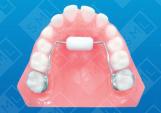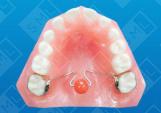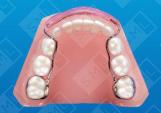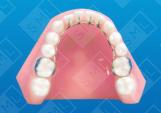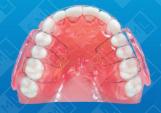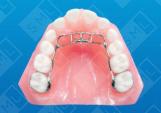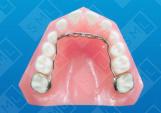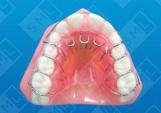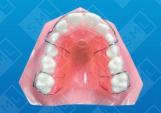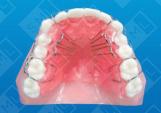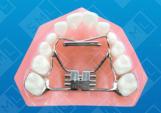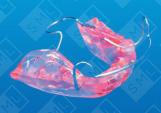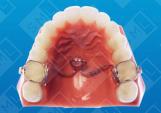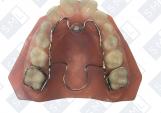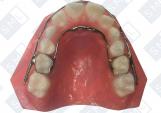
Habits
Location
The existence of an oral habit should be noted during the clinical examination of a child. If this habit is creating an abnormal skeletal pattern or occlusal scheme, appliance intervention is usually indicated. However, the child must want to stop the habit. To achieve success, the child’s cooperation and willingness to work with the dentist is essential. Habits can be responsible for a number of orthopedic and orthodontic problems and should be addressed as soon as they are recognized. When treated immediately most of the problems caused by a habit can be reversed. However when no intervention occurs, a serious malocclusion is inevitable. Rarely (with the exception of a physically or mentally challenged individual) is the problem severe enough to cause serious dental problems. If excessive wear becomes apparent, the use of a splint or an orthopedic appliance may be indicated.
Thrusting problems often remain throughout adulthood. In fact, it is not uncommon to see an anterior open bite recur even after orthodontic therapy has been completed. At bare minimum some form of long-term retention is often needed to prevent this recurrence from happening. Another unusual habit that occurs in adults is cheek biting. This habit is difficult to control, but with the help of an appliance it is often possible to change this pattern or, at least, prevent further damage to the occlusion and tissue from occurring. As our society becomes more complex, the incidence of the bruxism seems to be on the increase. A wide variety of treatment approaches and appliance designs are available for the treatment of these disorders.
Regardless of the treatment technique, early intervention can prevent many of the severe problems associated with this problem. SML prides itself on producing the finest splint appliances for the treatment of habits.
Select another Appliance Category



